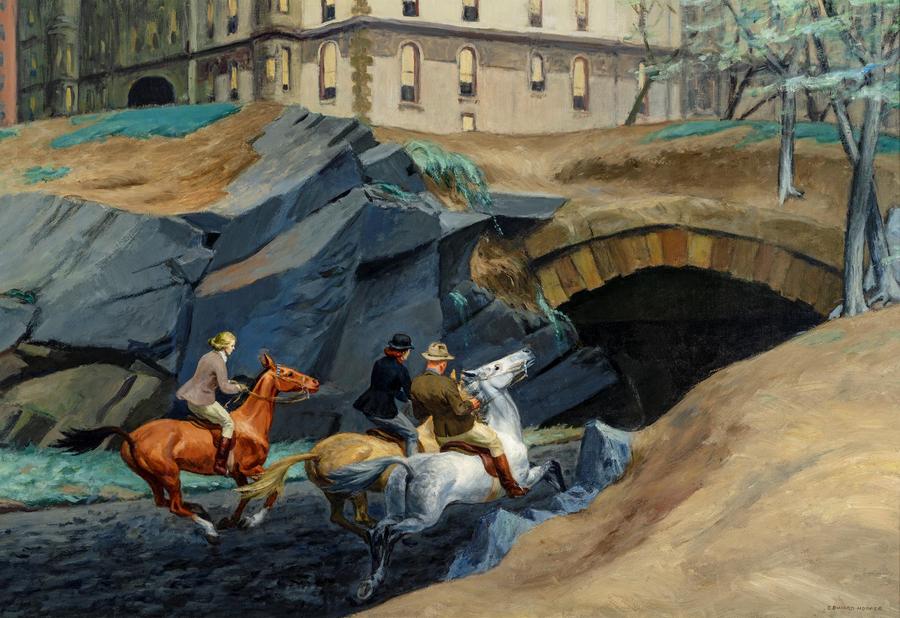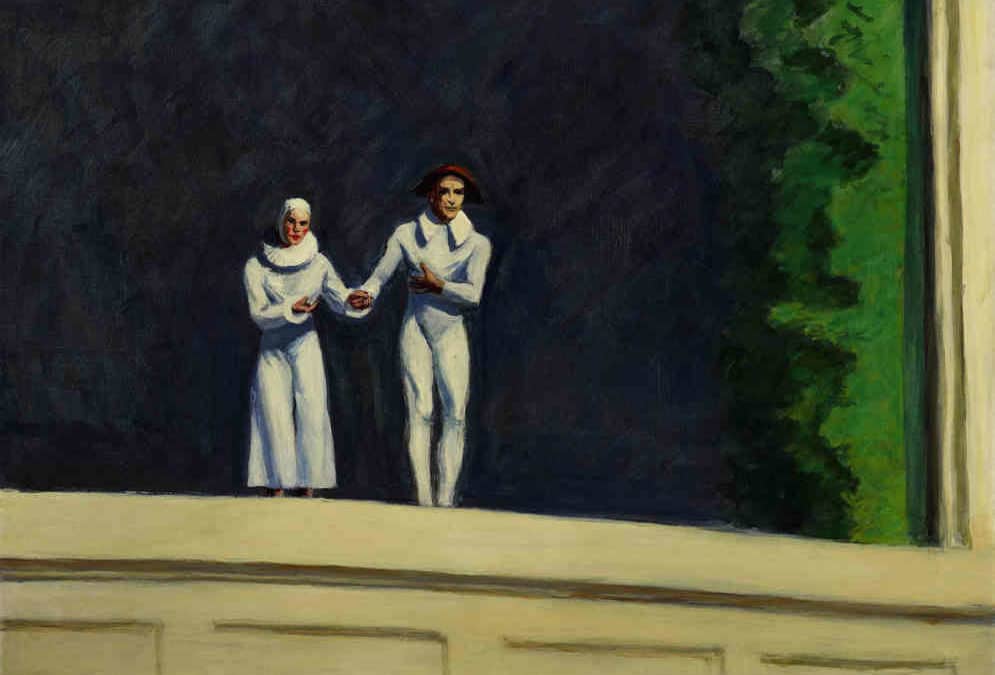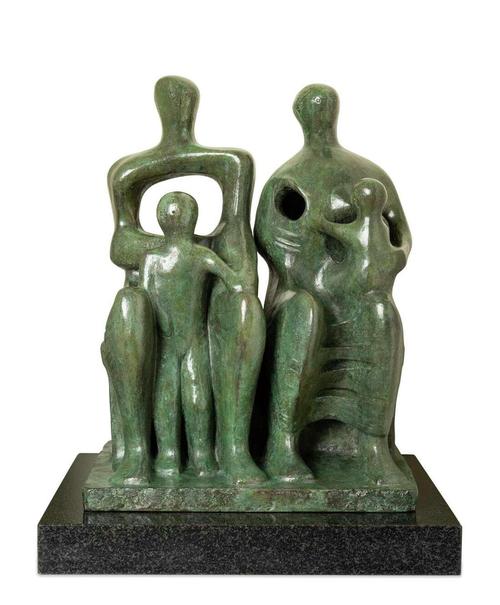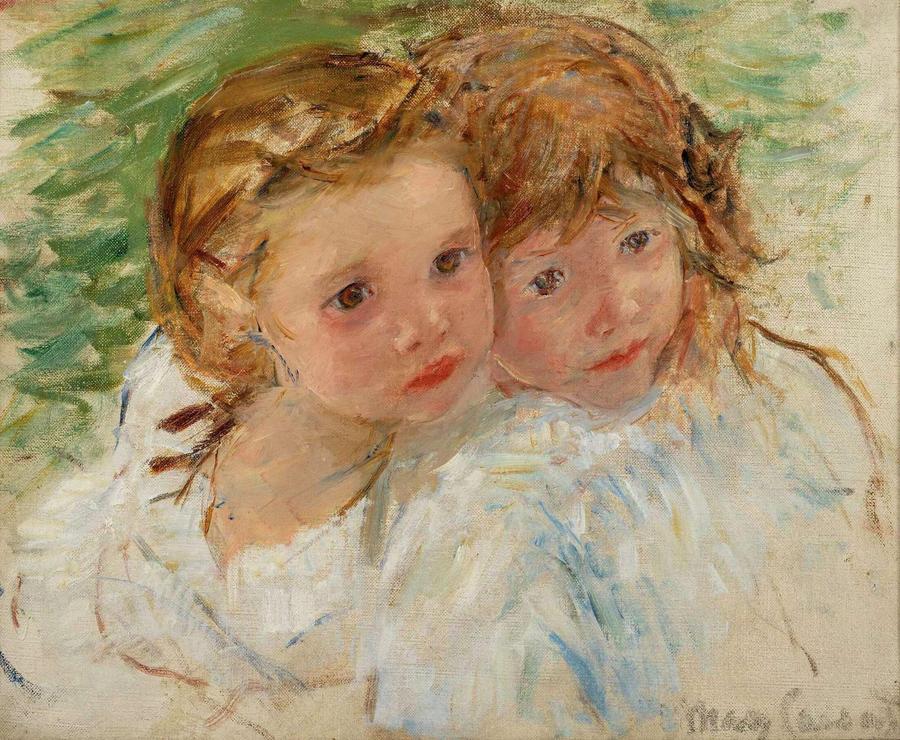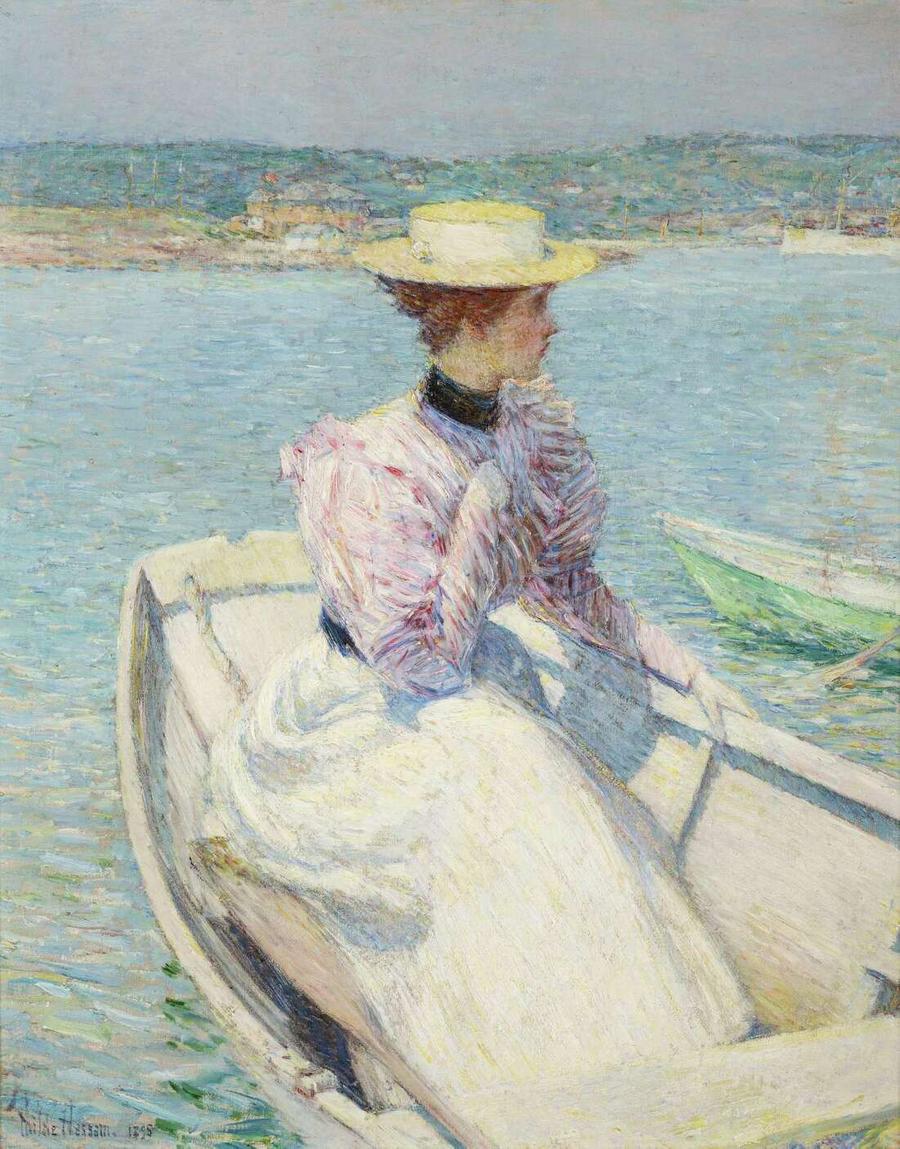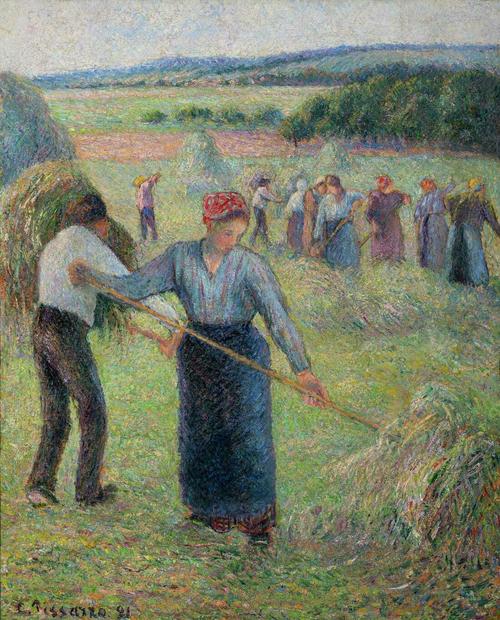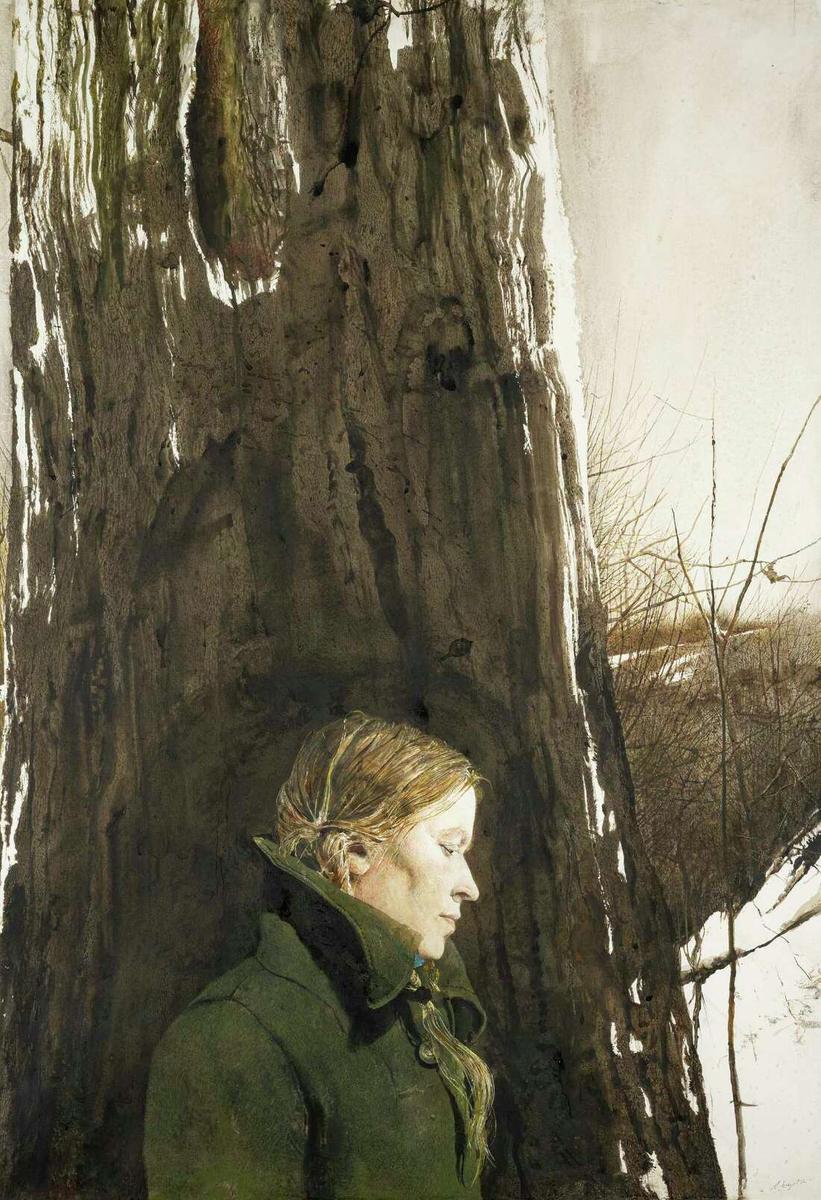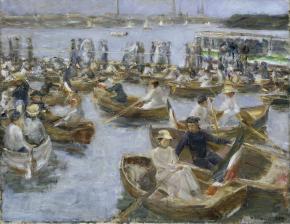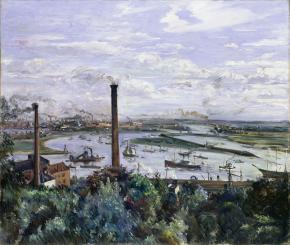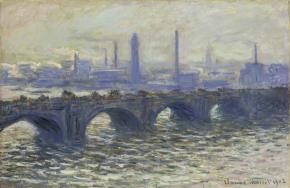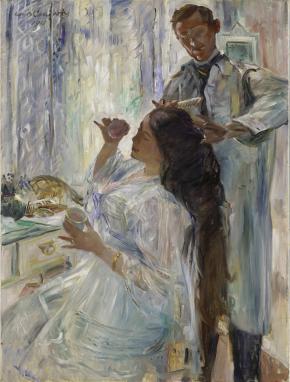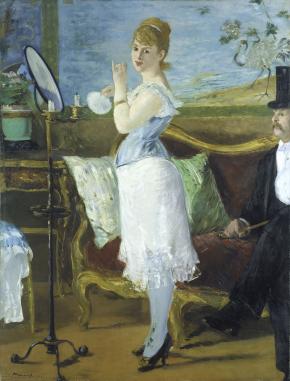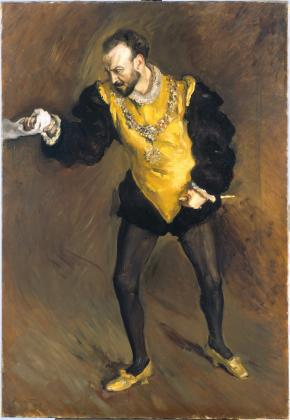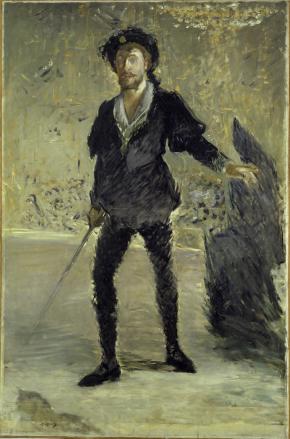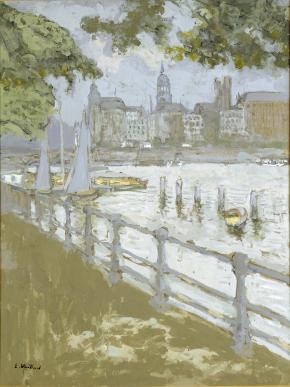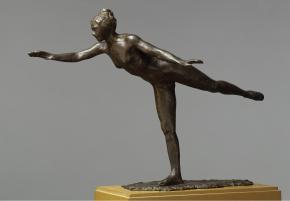xxx
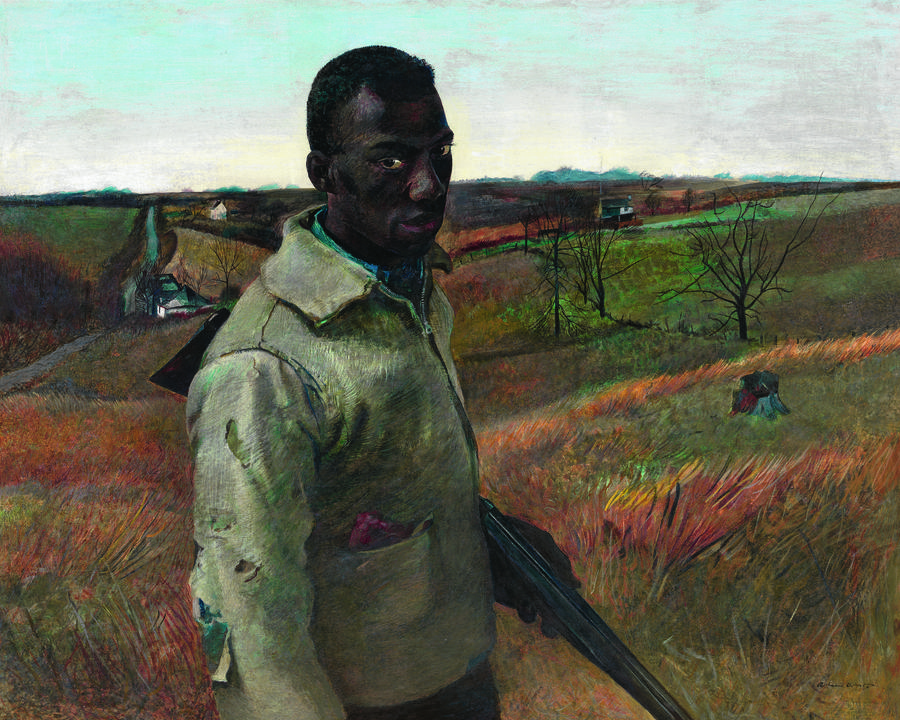
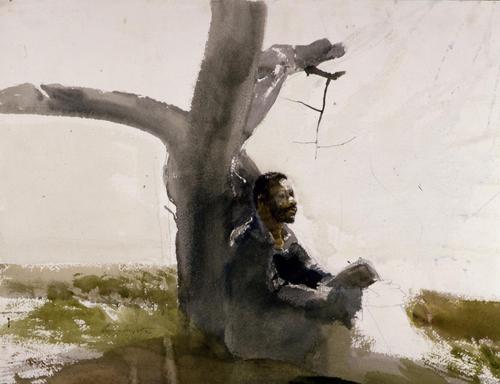
The Wyeth Foundation for American Art has established a collection-sharing arrangement providing for more than 7,000 works of Andrew Wyeth (1917-2009) to be maintained, conserved and exhibited for the general public at the Brandywine River Museum of Art and the Farnsworth Museum of Art, as well as making such works available for loans to other institutions and encouraging research into the life and legacy of Andrew Wyeth.
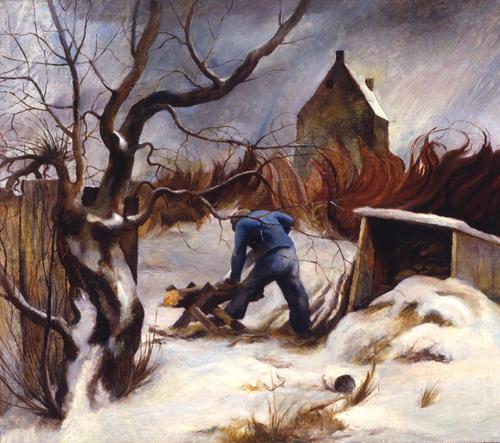
The Foundation’s collection contains works from Wyeth’s seven decades as a working artist, including iconic temperas and watercolors, drawings, studies and sketchbooks. The collection was assembled primarily by the artist’s wife, Betsy James Wyeth, who was Andrew Wyeth’s muse and who also carefully documented his career. The collection is deeply personal and gives significant insight into Wyeth’s artistic and career trajectory.
As part of this innovative partnership, The Brandywine River Museum of Art has begun a search to fill a new curatorial position at the Museum to be financially supported by the Wyeth Foundation. The new Wyeth Foundation Curator, Andrew and Betsy Wyeth Collection, will develop exhibitions, make works available for loan to other institutions, and foster research and scholarship on Andrew Wyeth including finalizing and publishing the catalogue raisonné of the artist. The collection will be maintained jointly at Brandywine in Chadds Ford, Pennsylvania, and the Farnsworth Art Museum in Rockland, Maine, the two geographic regions where the artist lived and painted. Rotating presentations of works will be on view in both museums’ galleries throughout the year. Accessibility to the works in the collection for the general public, as well as curators, scholars, and students is a primary aim of the collaboration with the Wyeth Foundation.
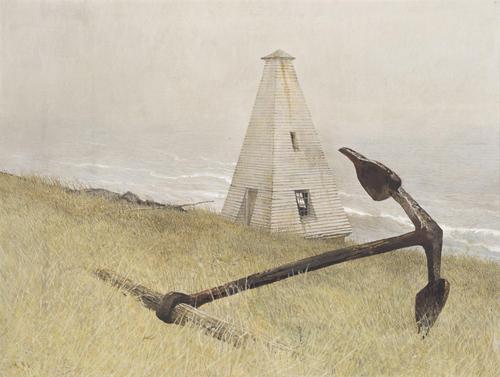
Both the Brandywine and Farnsworth museums have longstanding relationships with the Wyeth family. Located in Chadds Ford, Pennsylvania, the Brandywine is focused on American art, and has generated some of the most well-received exhibitions and scholarship on three generations of Wyeth family artists. In 2017, the Brandywine’s Andrew Wyeth: In Retrospect exhibition presented more than 100 of the artist’s most important paintings and works on paper, along with a catalogue publishing new perspectives on his work and career.
The Farnsworth, in Rockland, Maine, is also recognized for its close connections with and exhibitions of works of the Wyeth family. The artist spent his summers living and working in midcoastal Maine. Its recent exhibition Andrew Wyeth: Maine Legacy highlighted the artist’s connections to the area. In both Pennsylvania and Maine, Wyeth was engaged by the landscapes and the people living there, finding inspiration for works that at once capture the majesty of nature and the everyday lives of the artists and their subjects.
“We are excited to formalize the Foundation’s partnership with the Brandywine River Museum of Art and the Farnsworth Art Museum to ensure that Andrew and Betsy Wyeth’s collection is well-maintained and available for the public to enjoy,” said J. Robinson West, the President of the Wyeth Foundation for American Art. “Andrew Wyeth is so closely connected to both Chadds Ford and coastal Maine, with long relationships with both of these institutions. This collection management arrangement draws on the expertise of these two great museums in managing works of art, while also furthering the mission of the Foundation to support scholarship and exhibitions of Wyeth’s work, now and into the future, both at these two museums and around the world.”
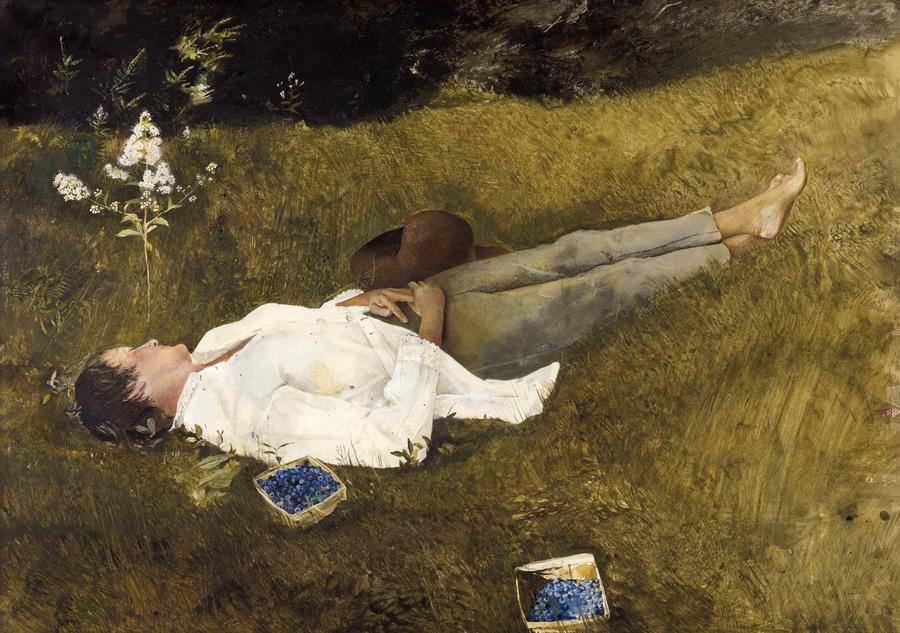
%20Three%20Ice%20Cream%20Cones.jpg)
%20Soleil%20couchant,%20temps%20brumeux,%20Pourville.jpg)
